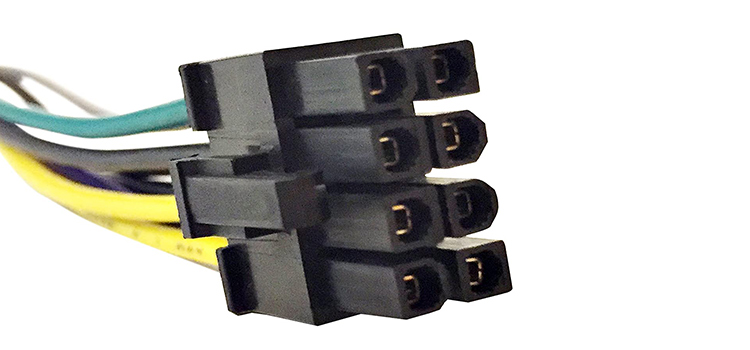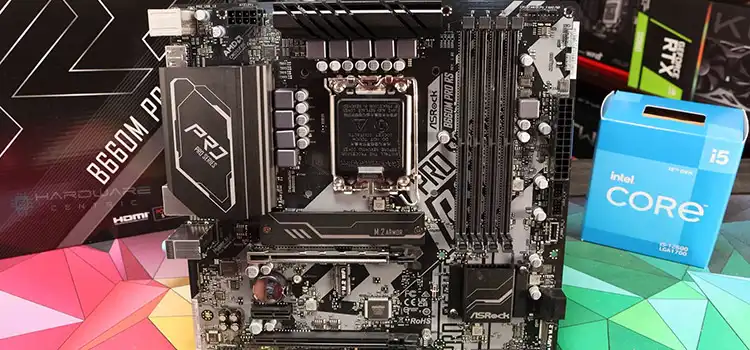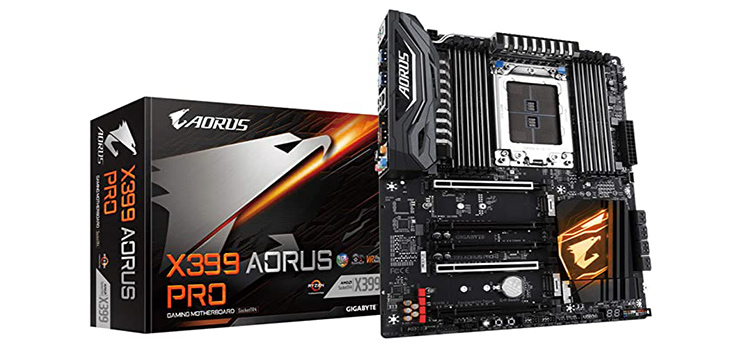Making the Most of It: How to Utilize Extra PCIe Slots
You’ve cracked open your PC, and while appreciating the harmonious symphony of technology inside, you notice something: extra PCIe slots just sitting there, unoccupied. It’s like having empty rooms in a house. So, what do you do with them?
At the core, PCIe slots can dramatically expand your PC’s capabilities. By adding specialized components, you can elevate its performance, versatility, and longevity.
But how exactly do you fill those slots? Let’s stay together and explore the myriad of possibilities your PCIe slots offer.
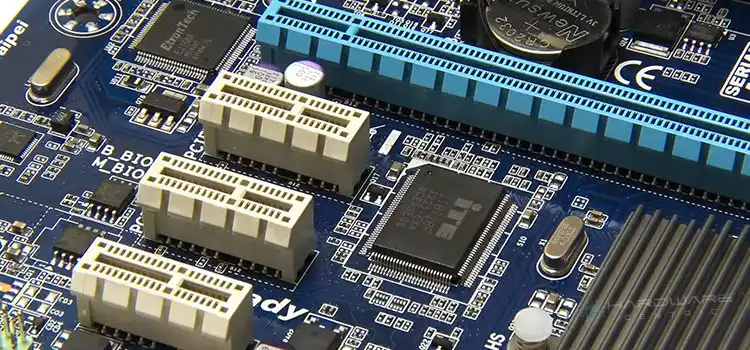
Ways to Harness the Power of Extra PCIe Slots
PCIe, or Peripheral Component Interconnect Express, is a standard interface for connecting high-speed components. They’ve come a long way from their inception, with PCIe 4.0 being the latest standard, offering double the transfer speeds of PCIe 3.0.
If you have a PCIe slot available, you can use it to add a variety of hardware to your PC. Here are a few of the most popular uses for extra PCIe slots:
1. Graphics Card (GPU) Additions or Upgrades
- Multi-GPU setups: If you’re a hardcore gamer or a professional requiring heavy graphical processing, using multiple GPUs can be beneficial. NVIDIA’s SLI or AMD’s CrossFire allows for multi-GPU setups to work in tandem.
- Dedicated GPU for specific tasks: Consider adding a GPU dedicated to tasks other than gaming, like cryptocurrency mining or certain computational workloads.
2. Solid State Drive (SSD) Additions
- NVMe SSDs: They plug directly into a PCIe slot, offering lightning-fast data transfer speeds compared to SATA SSDs.
3. Expansion Cards
- Sound cards: For audio professionals or enthusiasts, a dedicated sound card can offer enhanced audio fidelity and features.
- Networking cards: Upgrade to Wi-Fi 6 or add a card that offers better wireless reception or specialized features.
- USB hubs or controller cards: If you need more USB ports or wish to add USB 3.1 or 3.2 capabilities, a dedicated card can help.
4. Specialized Workstation Add-ons
- Dedicated video editing cards: For professionals working in video production, cards like those from the Blackmagic series can be invaluable.
- FPGA & ASIC cards: For specific computational tasks or development purposes, adding specialized hardware can be beneficial.
What to Consider When Utilizing PCIe Slots
- Compatibility: Ensure that the card you’re adding is compatible with your motherboard and its PCIe version.
- Power Supply: Some components, especially GPUs, require significant power. Ensure your PSU can handle the added load.
- Thermal Management: More components mean more heat. Ensure you have adequate cooling in place.
Concluding Bytes
Tapping into those empty PCIe slots can significantly augment your PC’s capabilities. Whether it’s enhancing graphics performance, expanding connectivity, or adding specialized hardware, those slots are gateways to potential upgrades. If you still have any confusion regarding this, feel free to drop a comment below and I will be more than happy to help you out. Thank you for reading.
Curiosities Answered
Q1: Can I Mix Different Brands Or Types Of Gpus?
A1: While it’s technically possible, there can be complications. For optimal performance, especially in gaming setups, it’s best to use identical GPUs.
Q2: Is There A Limit To The Number Of Devices I Can Add To Pcie Slots?
A3: While there’s a physical limit based on the number of slots, you also have to consider the available PCIe lanes your CPU and motherboard support.
Q3: Will Using All Pcie Slots Slow Down My Pc?
A3: Not necessarily. However, ensure that the components are compatible and that you’re not overtaxing the CPU or PSU.
Q4: Do All Pcie Slots On A Motherboard Operate At The Same Speed?
A4: Not always. While you might have multiple PCIe slots, their speeds can vary. For example, one might run at x16 while another at x8 or x4. It’s essential to consult the motherboard’s manual to understand each slot’s capabilities.
Q5: If I Add Multiple Gpus, Will They Always Operate In Sli Or Crossfire?
A5: No, having multiple GPUs doesn’t mean they’ll automatically work in tandem. You need compatible GPUs, a suitable bridge connector (for some setups), and the correct motherboard and software settings.
Q6: Can I Use Pcie Slots For External Device Connections?
A6: Yes, there are PCIe cards available that can add external connection ports to your PC, such as Thunderbolt ports, additional HDMI ports, or even external SATA connections.
Q7: How Do I Know If My Motherboard Supports Pcie 4.0?
A7: You’ll need to check the specifications of your motherboard, either in the manual or on the manufacturer’s website. Remember, even if the motherboard supports PCIe 4.0, the benefits are only realized if the connected component (e.g., SSD or GPU) also supports it.
Q8: What Happens If I Plug A Pcie 3.0 Card Into A Pcie 4.0 Slot Or Vice-Versa?
A: PCIe standards are backward and forward compatible, meaning you can plug a PCIe 3.0 card into a 4.0 slot and it’ll work. However, the card will operate at the 3.0 speeds. Similarly, a PCIe 4.0 card in a 3.0 slot will run at the 3.0 speeds.
Subscribe to our newsletter
& plug into
the world of PC Hardwares
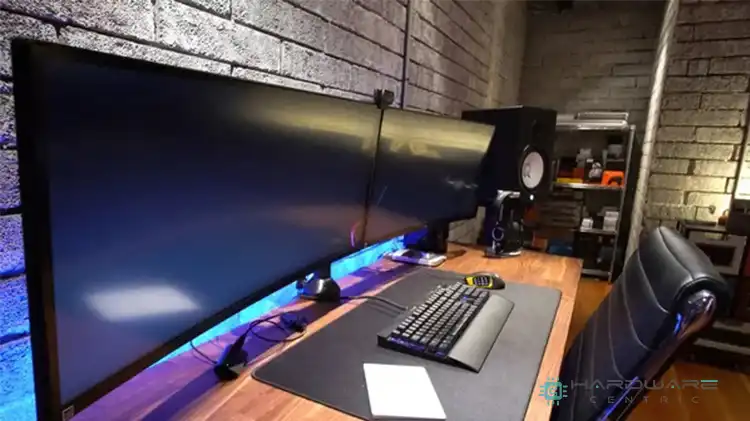
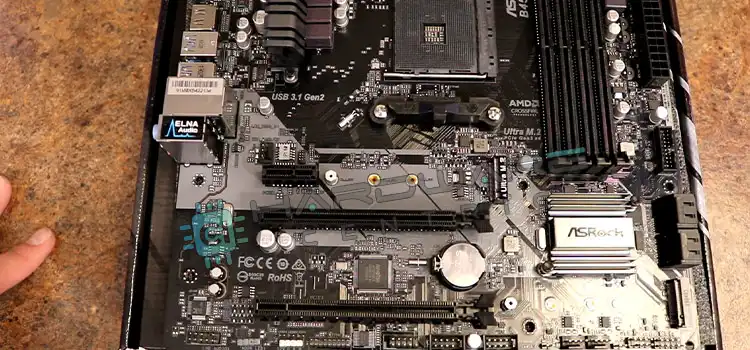
![[Explored] Do I Need to Install Motherboard Drivers?](https://www.hardwarecentric.com/wp-content/uploads/2023/10/Do-I-Need-to-Install-Motherboard-Drivers.webp)
